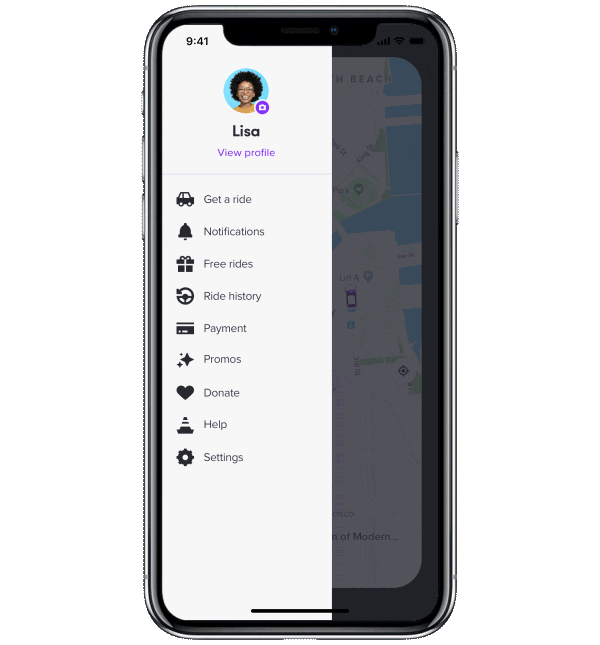Ahead of LGBTQ Pride Month, Lyft is adding gender-neutral pronouns to its rider app. Now, riders can select from the following:
- They/them/theirs
- She/her/hers
- He/him/his
- My pronoun isn’t listed
- Prefer not to say
Drivers will be able to see your preferred pronoun, but they will not be able to share theirs. Moving forward, you can expect Lyft to start addressing you and referring to you by your preferred pronouns.
This helps to create space for those to share their pronouns and normalize the practice. Lyft is also partnering with the National Center for Transgender Equality to support with educational and financial resources drivers looking to change their names.

from TechCrunch https://tcrn.ch/2HJ8Dw8
via IFTTT
Comments
Post a Comment